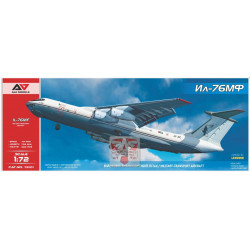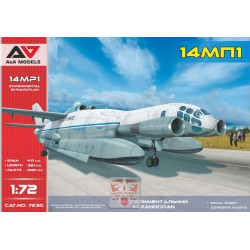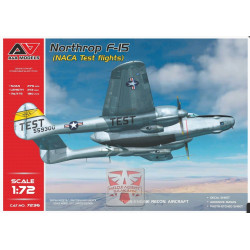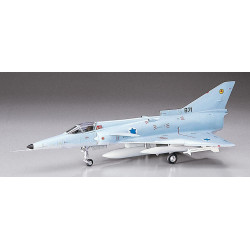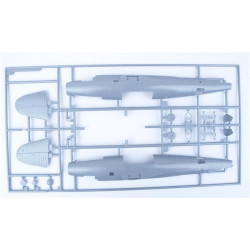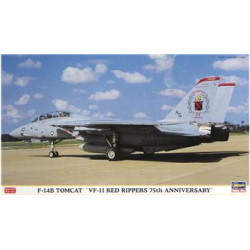
Canadair Sabre Mk.6 "Canadian Armed Forces"
1/48 Aircrafts, Planes
Hasegawa 09680
Manufacturer: Hasegawa
Scale: 1/48
Material: Plastic
Paint: Unpainted, Unassembled, Kit do not contain paints and glue.
Condition: New in Box
The Canadair Sabre was a jet fighter aircraft built by Canadair under licence from North American Aviation. A variant of the North American F-86 Sabre, it was produced until 1958 and used primarily by the Royal Canadian Air Force (RCAF) until replaced with the Canadair CF-104 in 1962. The resulting variant was considered one of the finest dogfightersof its day. Several other air forces also operated the aircraft.In 1948, the Canadian government decided to re-equip the RCAF with the F-86 Sabre and Canadair was contracted to produce them inMontreal, Quebec, Canada. An initial batch of 10 aircraft was ordered for tool verification. The Korean War changed this to a production batch of 100 aircraft. Canadair slowly built up its production facility to make all components with related equipment obtained from other Canadian suppliers. Canadair gave the Sabre the project number CL-13.
Canadair produced six versions of the CL-13 Sabre. The sole Sabre Mk.1 was essentially the same as the North American Sabre F-86A. It had a General Electric J47-GE-13 turbojet of 5,200 lbf (23 kN) thrust. The Sabre Mk.2 had the same engine, although after the first 20 aircraft were produced, the remainder of the production run was distinguished in having power-assisted controls and an "all-flying" tailplane. The sole Sabre Mk 3 was the first of the Canadian Sabres to use theAvro Canada Orenda turbojet (Orenda 3 with 6,000 lbf (27 kN) thrust). The Sabre Mk.4 retained the General Electric engine and was destined for the RAF and was later passed on to other overseas air forces. The Sabre Mk.5 was the next production version, equipped with an Orenda 10 with 6,500 lbf (29 kN) thrust. A change to the Orenda 14 with 7,440 lbf (33 kN) powered the Sabre Mk.6. The designation Sabre Mk.7 was mainly experimental.The second generation of Canadair Sabre aircraft, and first to be built in quantity, was the Mk 2, with 350 produced from 1952–1953. The RCAF received 290 of these improved aircraft. During the first half of 1952, the remaining 60 Mk.2s were supplied to the U.S. Air Force for use in the Korean War. Most RCAF Mk.2 Sabres were utilized in the air defence role with NATO's No. 1 Air Division in Europe, proving itself to be an outstanding dogfighter. Others were assigned to the training role at bases in Canada. After replacement by the Sabre 5 in RCAF service from 1954, just over 210 surviving Sabre 2s were overhauled and modified in the UK and supplied in roughly equal numbers to the Greek Air Force and Turkish Air Forces.In mid-1952, the Sabre Mk.4 went into production with the first one flown on 28 August 1952. Apart from some minor structural and systems changes, including improved air-conditioning and gun sight, the Mk 2 and the Mk 4 were identical. Of 438 Mk 4s built, approximately 70 were used temporarily by the RCAF, all surviving examples being passed to the RAF. The other Sabre 4s went directly to the RAF under a mutual aid program, equipping 11 RAF squadrons. The majority served in West Germany with NATO, with two squadrons being based in the UK as part of RAF Fighter Command. The Sabre Mk.4 served with the RAF until mid-1956 when they were replaced by Hawker Hunters. The survivors were overhauled in the UK, fitted with '6-3' wing modifications and handed to the USAF (which had funded these aircraft) which in turn passed them on to other NATO members, with the majority going to Italy and Yugoslavia.
On 30 July 1953, the first Sabre Mk.5 flew with the Orenda 10 engine, which gave it a clear rate of climb and ceiling advantage over earlier variants. Other Mk 5 improvements included a new oxygen system and improved maneuverability and low-speed characteristics achieved by increasing the wing chord by six in (15.2 cm) at the root and three in. (7.2 cm) at the wing tip along with fitting a small vertical wing fence. This modification, originated by North American on the F-86F, dramatically improved maneuverability, though the loss of the slatted leading edge increased landing speed and degraded low speed handling considerably. Canadair built 370 Mk 5s with the majority designated for use in the RCAF’s Air Division squadrons in Europe to replace the Mk.2s. A total of 75 RCAF Sabre 5s were transferred to the German Luftwaffe during 1957.A total of 390 Mk 6s went to the RCAF with the majority replacing the existing Canadair Sabre Mk 5s at the Air Division squadrons in West Germany and France. The main air threats to NATO in the 1950s in Central Europe were the early variants of the Soviet MiG- the MiG-15, MiG-17, MiG-19 and MiG-21. Based on the Korean War experience, the selection of the Mk 6 Sabre to provide an effective opposition to the MiG threat proved to be a logical one. Canada’s commitment to NATO was to provide 12 squadrons located at four bases – two in France (Marville and Grostenquin) and two in West Germany (Zweibrücken and Baden Soellingen). Initially, the contribution consisted of only Sabre aircraft; however, later it was decided to include the Avro Canada CF-100 aircraft in the defense package to provide a night and all-weather fighter capability.
In addition to the RCAF deliveries, 225 Canadair Mk 6 Sabres were exported to the West German Luftwaffe, six were delivered to the Colombian Air Force, and 34 went to the South African Air Force.
In January 1966, Germany sold 90 of its Canadian Mk 6 Sabres to Iran. These aircraft were quickly transferred to Pakistan and became the main day fighter of the Pakistan Air Force.General characteristics
Crew: one, pilot
Length: 37 ft 6 in (11.43 m)
Wingspan: 37 ft 1½ in (11.32 m)
Height: 14 ft 9 in (4.49 m)
Empty weight: 10,618 lb (4,816 kg)
Max. takeoff weight: 17,560 lb (7,965 kg)
Powerplant: 1 × Avro Canada Orenda 14 turbojet, 7,275 lbf (32.36 kN)
Performance
Maximum speed: 710 mph (1142 km/h)
Range: 1,270 mi (2044 km)
Service ceiling: 54,000 ft (16,460 m)
Rate of climb: 11,800 ft/min (59.9 m/s)
| General Product Info | |
| Material | NOT SET |
| Scale | 1/48 |
| Type | NOT SET |
We have the lowest worldwide shipping. And it's totally simple.
EUROPE, USA, CANADA TURKEY, ISRAEL, EGYPT, UE CHINA, JAPAN, HK, S.KOREA | AU NZ MX South America, Asia | |
| Order weight up to 0.22kg or 0.48lb | US$ 8.90 | US$ 8.90 |
| Order weight up to 0.44kg or 0.97lb | US$ 13.95 | US$ 17.90 |
| Order weight over 0.44kg or 0.97lb | US$ 19.99 | US$ 29.99 |
| Order total over $150 | FREE | PROMO US$ 19.99 |
Shipping to some countries not qualifies for the free shipping option but costs not over $29.99 for any sized order. Sorry for that, your location is too far.
- Stock: Out Of Stock
- Model: HA09680
- Weight: 0.79lb
- DATE ADDED: 08/04/2014




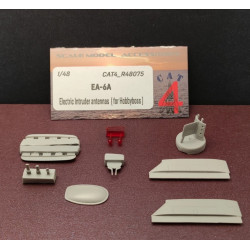

















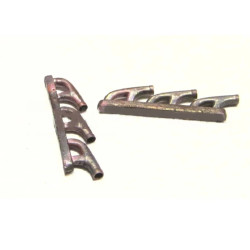










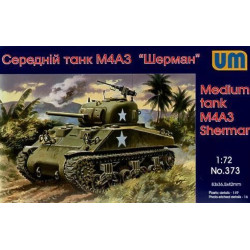









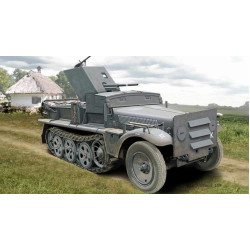





















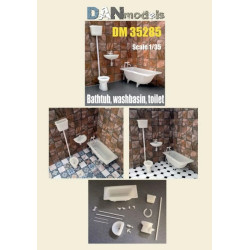










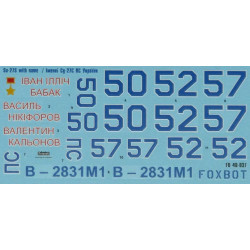






































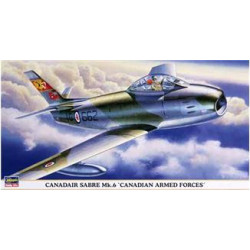

-250x250w.jpg)













